
Today, Zenith announces the brand new Zenith Defy Lab collection that contains what they claim is the world’s most accurate mechanical movement. The in-house made caliber ZO 342 automatic operates at 15Hz, which is faster (a good thing) than the vast majority of mechanical watches out there, including Zenith’s legendary 5Hz “high beat” frequency El Primero automatic chronograph movement. This is a bold new step not only for Zenith, but also for the entire watch industry as it further legitimizes a controversial but ultimately wise creative direction. Zenith will debut the Defy Lab as a very limited set of 10 “piece unique” watches – at comparably “exclusive” prices. What about everyone else who will want one of these very compelling timepieces? Zenith makes it clear that the initial 10 Defy Lab watches are “only the beginning.” The Defy Lab’s movement will not only be put into regular production, but it will serve as a base for future complications. The first set of Defy Lab watches after this initial debut collector’s set is planned for production in 2018.
Let’s step back a bit and discuss why this fast operating, silicon material technology is all a big deal. The name of the game here isn’t just to be exclusive with something different, but more importantly – about wristwatch performance. In the words of Jean-Claude Biver, “I imagine this is what Abraham-Louis Breguet would be excited about if he were alive today!” While we’ve seen an enormous level of variety in timepiece design over the years, there is very little new in terms of actual performance increases. That means that most mechanical watches produced are similarly accurate. Of course, there are major differences in terms of how well regulated a movement is, or how well it is constructed, but at the end of the day you can only tweak a standard mechanical watch movement to be so accurate.
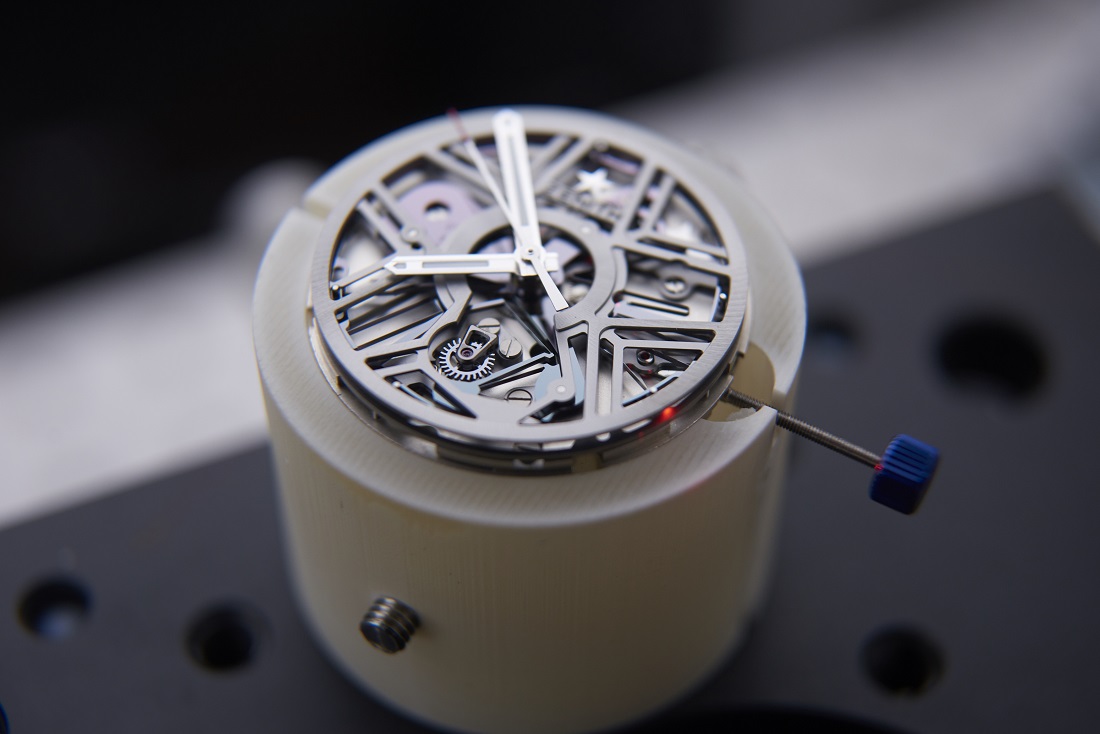
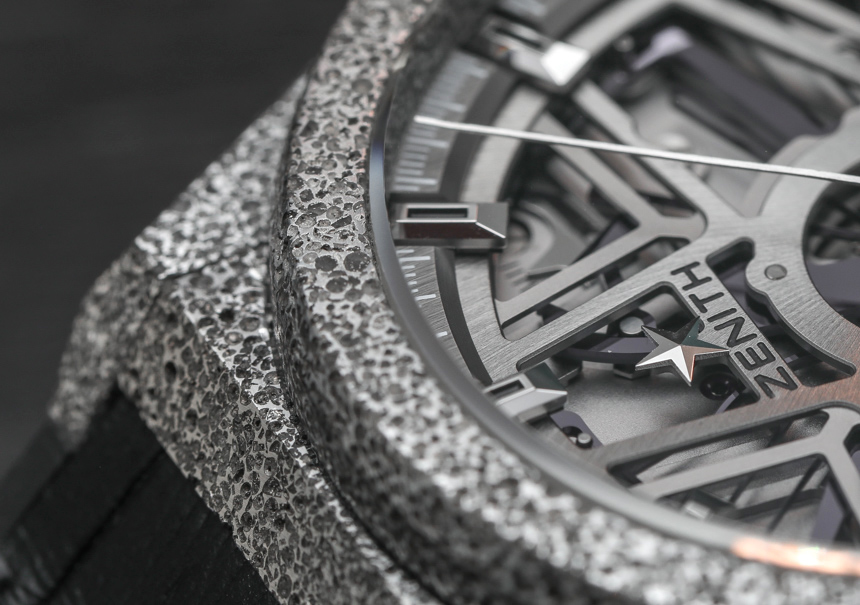
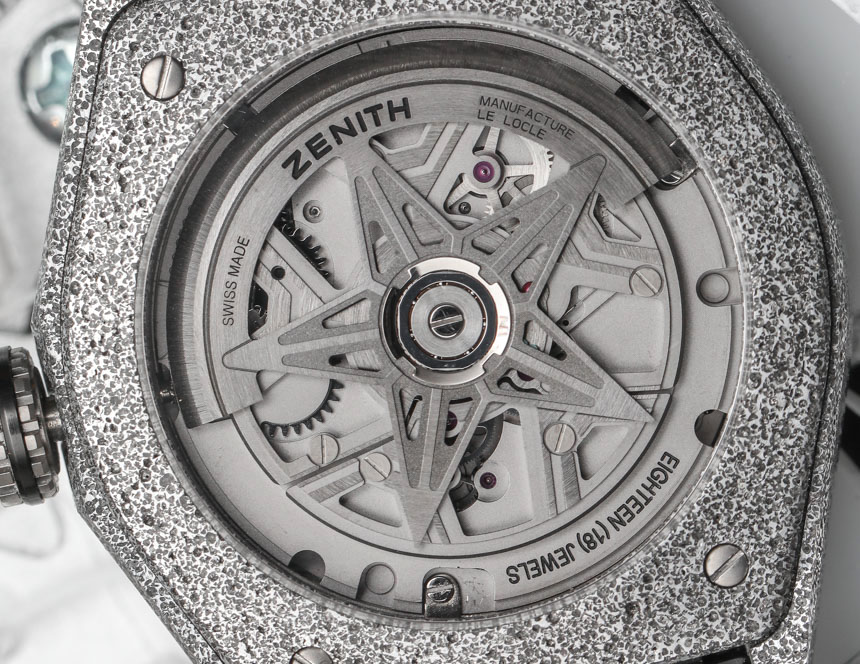
The discussion about mechanical wristwatch accuracy can be long and is way outside the scope of us introducing the Zenith Defy Lab. Suffice it to say that Zenith’s claimed accuracy of 0.3 seconds per day for the caliber ZO 342 movement in this first model is going to cause a lot of people to do a double take because of how impressive it is (for a mechanical watch). Note that for production models down the road (when there is less opportunity to spend so much time choosing the right parts), accuracy will be guaranteed to +/- 0.5 seconds a day… with no loss in rate results as the torque of the mainspring winds down. In other words, the rate results are a flat horizontal line, which is something that silicon technology has made much more readily available in mechanical time measuring tools.
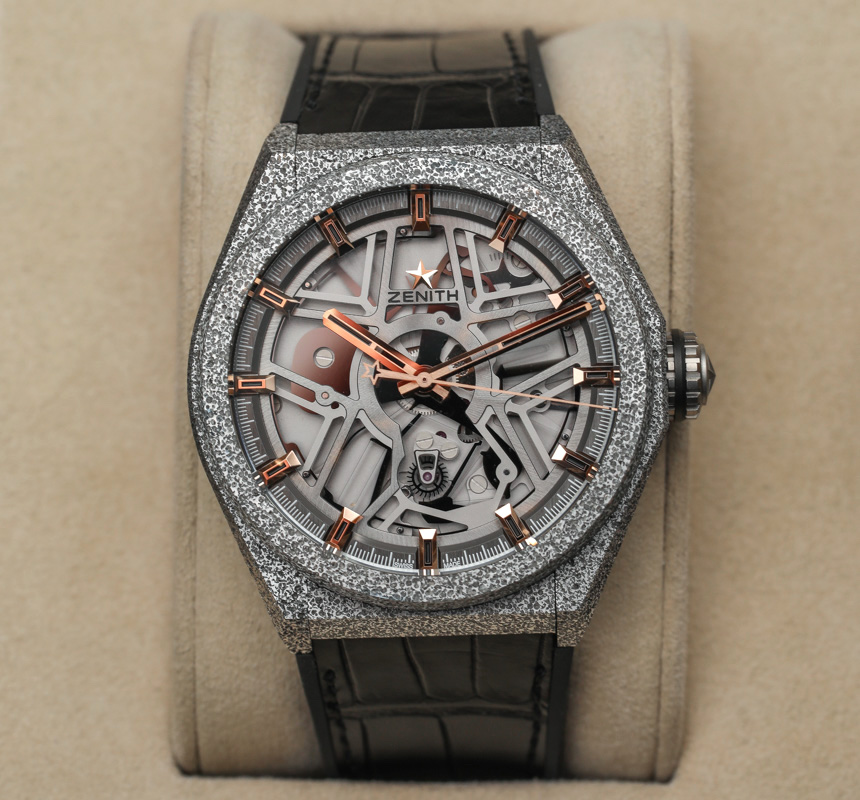
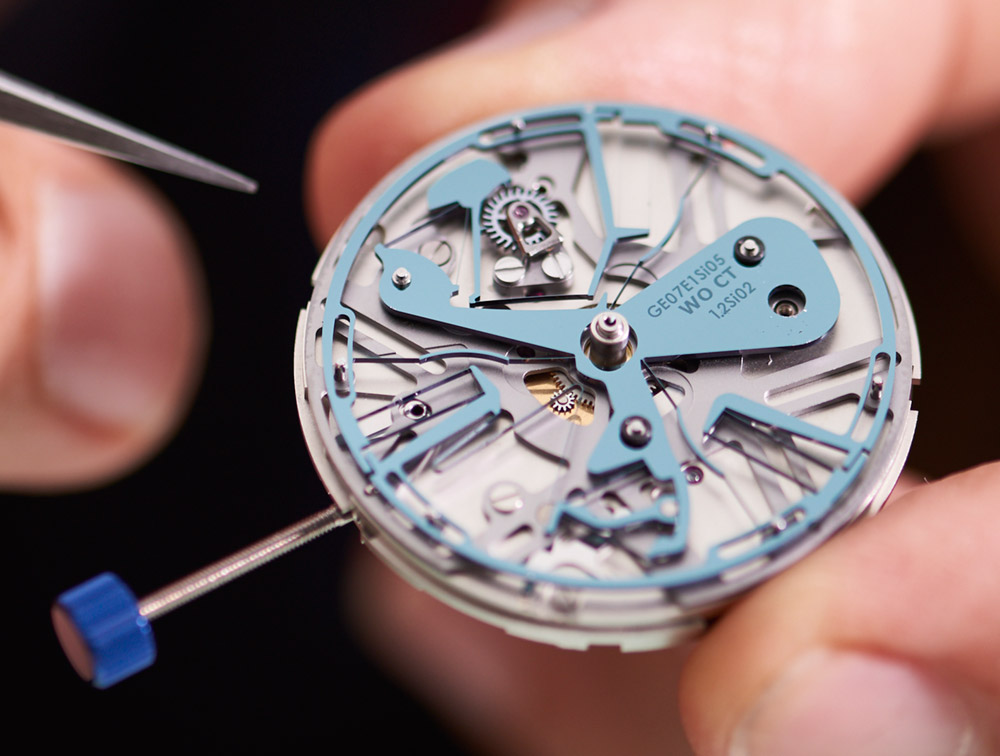
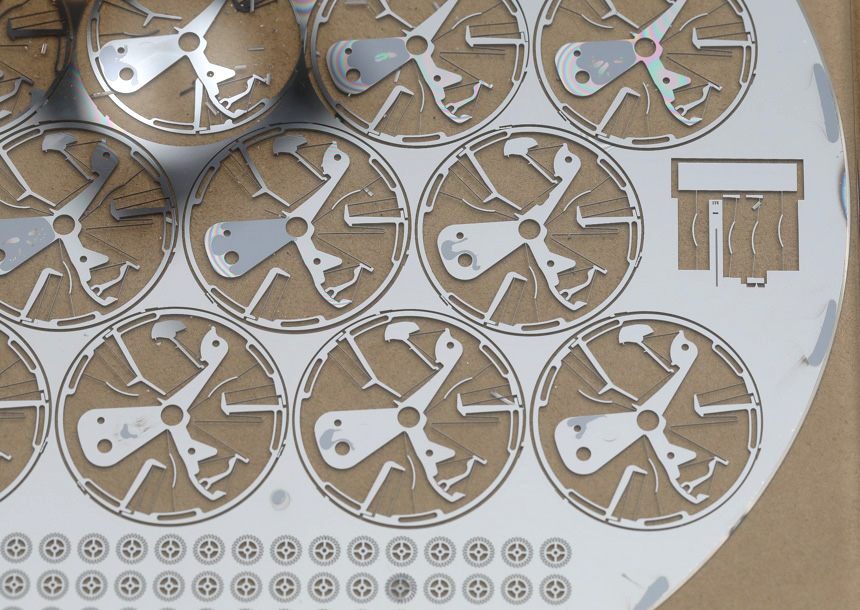
I want to also mention that it is a huge deal that Zenith even went so far as to make a claim about accuracy performance in their press release. I’ve read over a thousand wristwatch press releases and aside from Seiko (who routinely under-reports their wristwatches’ accuracy performance – for reasons again outside the scope of the conversation), Zenith is among a very small number of brands who actually make a specific claim about accuracy performance in their documentation. For Zenith and LVMH it is about increasing transparency according to Jean-Claude Biver (who is the head of watchmaking at the group).
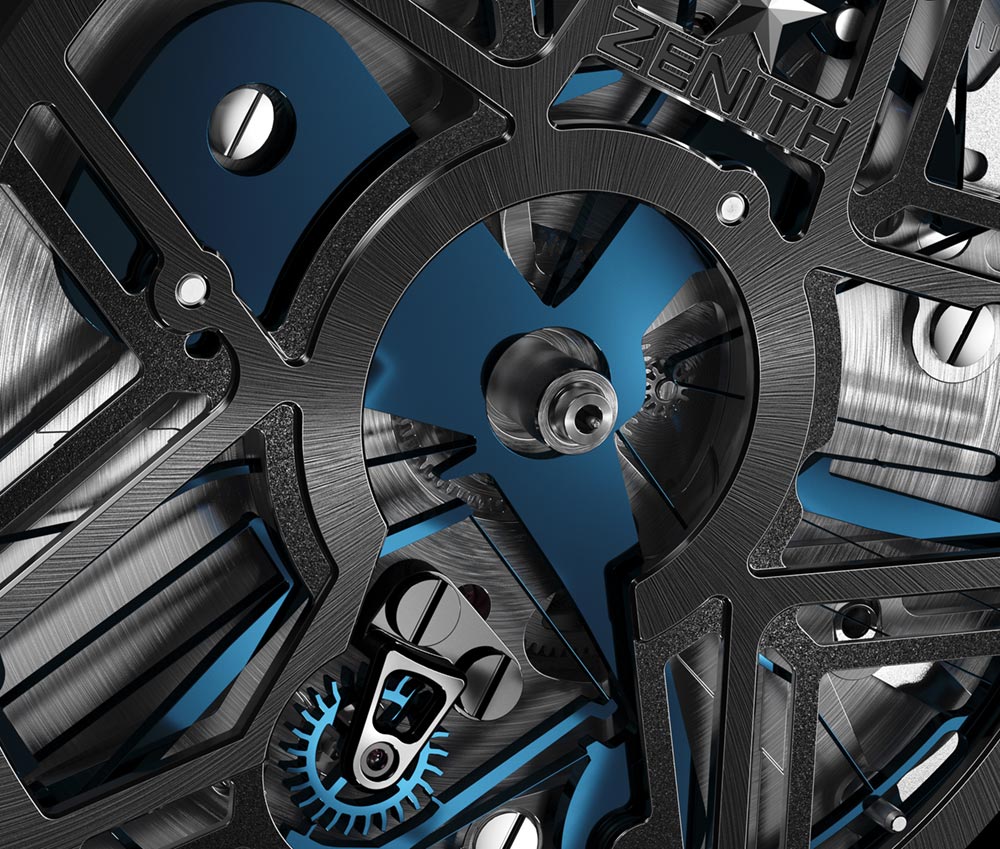
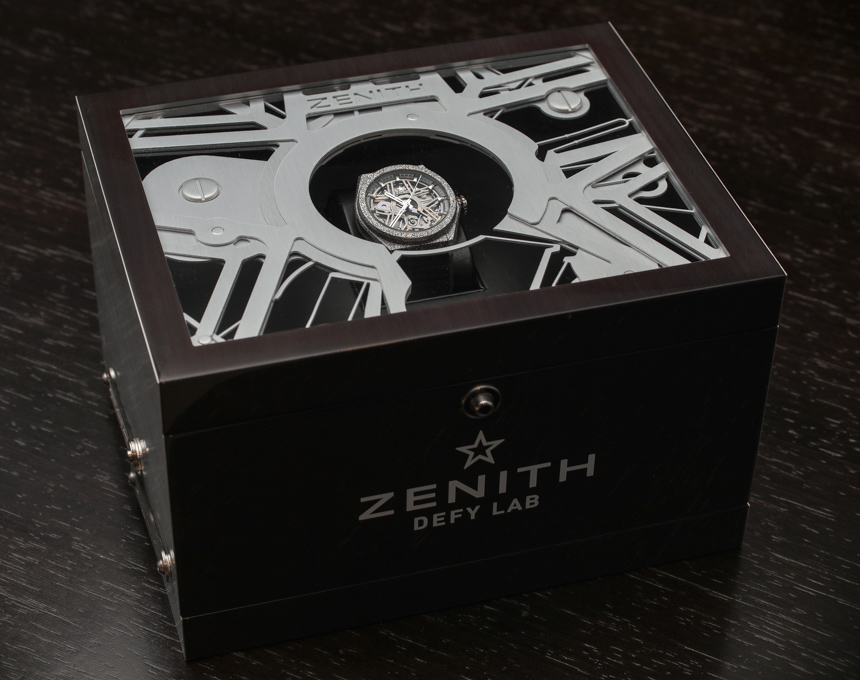
By Zenith indicating the average accuracy (performance varies under different wearing conditions) of the Defy Lab’s movement, they more or less put other brands at notice that if they want to boast about a watch “designed for high accuracy,” they actually need go the distance and make a specific claim about accuracy. This is a good time to discuss mechanisms like a tourbillon and how watch makers typically deal with such features. While a tourbillon was originally designed to increase the accuracy of a mechanical watch or clock movement, it doesn’t actually do that in many real world wristwatch applications. Thus, watch brands often rode a thin line by not actually commenting on a watch’s performance, while trying to bolster the story about what the mechanism was originally designed for. I have to applaud Jean-Claude Biver along with Zenith’s management and communication teams for going the distance and not only promoting an accurate watch, but actually telling people the type of performance that they can expect.
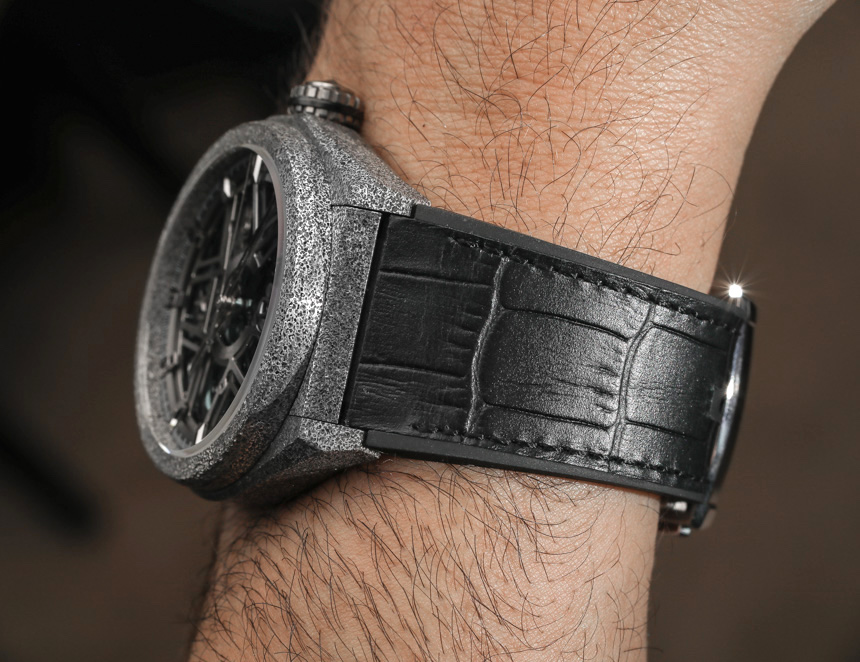
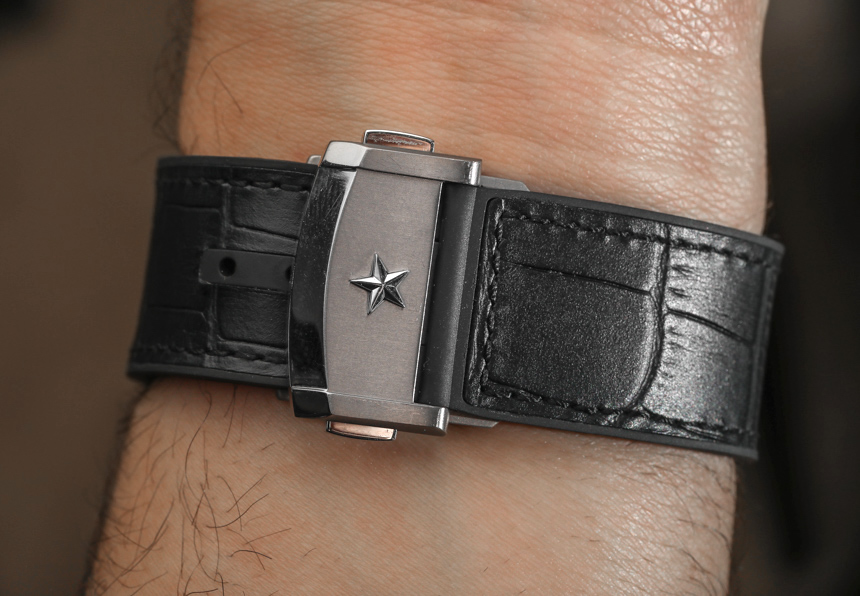
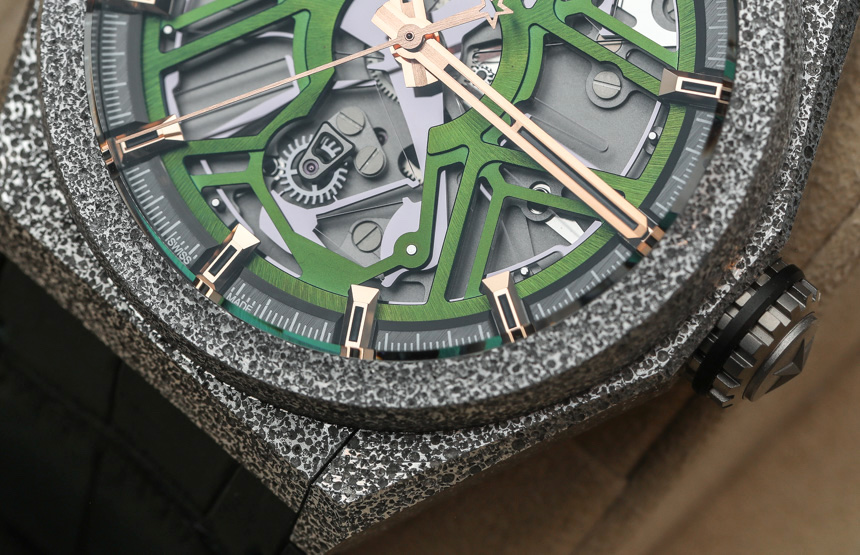
How will other watch makers respond? Will it become expected for watch makers to make claims about the accuracy of their watches? I am not sure that there will be an industry-wide move to mention actual numbers, but if there is a watch that comes out with a story about accuracy and some special technical elements, you can be damn sure we will point out if they omit actual performance numbers. I think what is more important is that a watch like this, with such a big emphasis on silicon, that isn’t stupid high in price, will force the industry to adopt next-generation watch movements with haste.
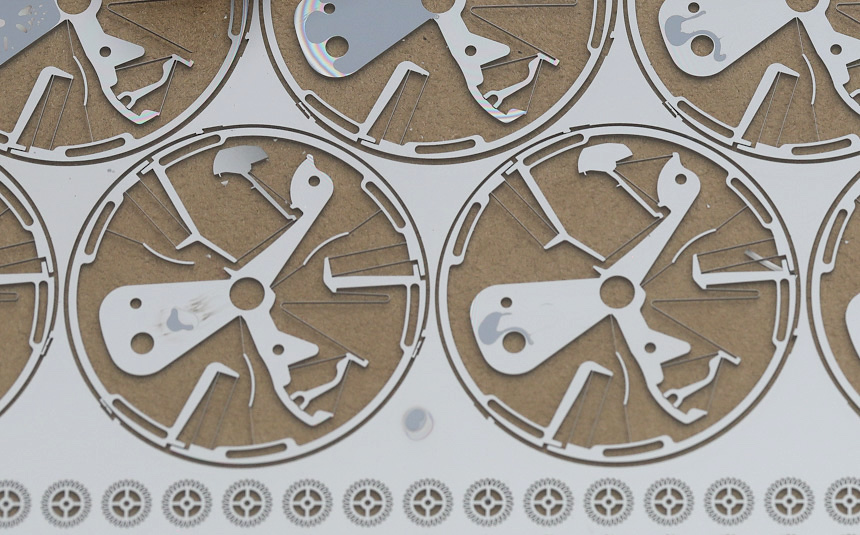
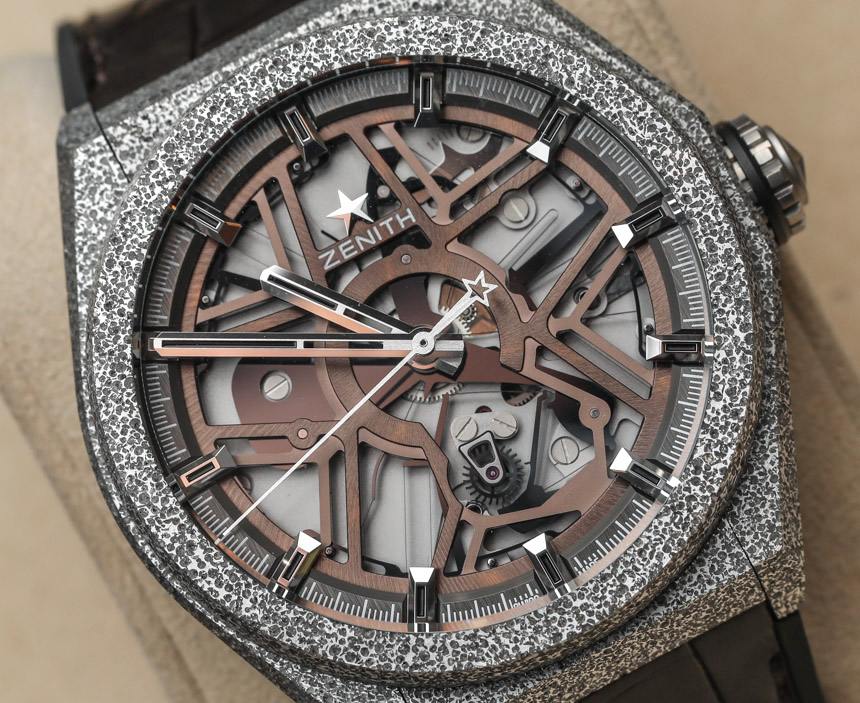
Only a few companies in Switzerland are able to produce silicon parts. The tools needed for this task are very expensive, which includes the labor needed to operate and program them. Most watch brands that use silicon parts don’t make the components themselves. Is now a time to start given clear levels of increased need? Note again that investments by watch makers into silicon technology in traditional watchmaking has been going on for well over a decade. Though, little of this technology has trickled down into what we might call “affordable” timepieces. Jean-Claude Biver said watch makers will not produce their own silicon parts until they can also make parts for other companies in different industries.

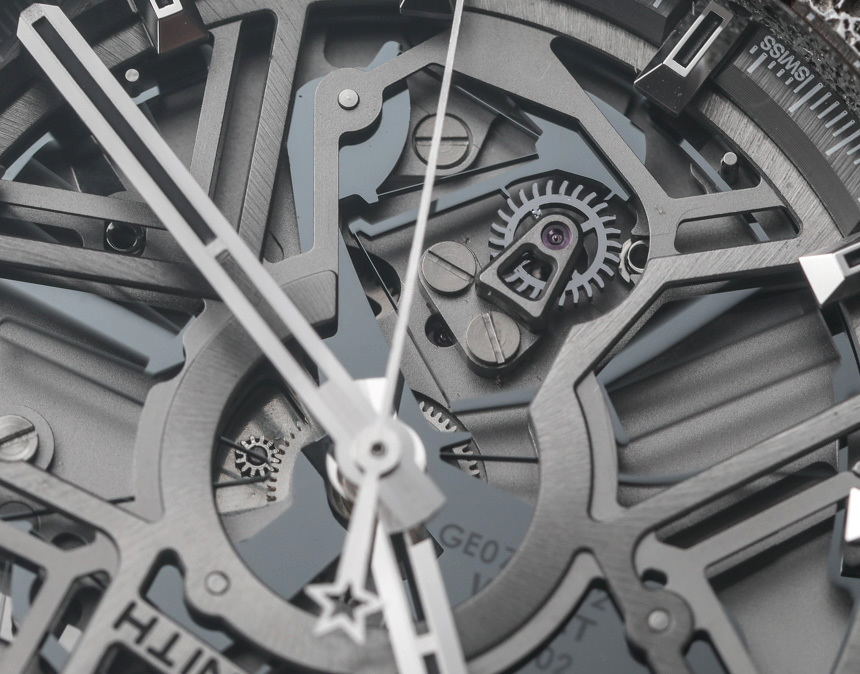
Biver’s vision for relevancy by watch makers in the future includes the bold but practical notion that watch makers need to use their skills to produce parts for other companies such as those that produce medical equipment or robotics. If the silicon part-making arm of a watch maker only needs 30% of the capacity of its output, then it is only possible to do business if the other 70% of that output is used to sell products others can buy. Biver feels there are loads of applications watch brands could thrive in being successful at serving, which could help them earn income allowing them the luxury to keep making mechanical watches on the side. I’ve not heard better ideas for how to maintain the complicated and arguably too-large-for-the-current-market industrial core of the Swiss watch industry.
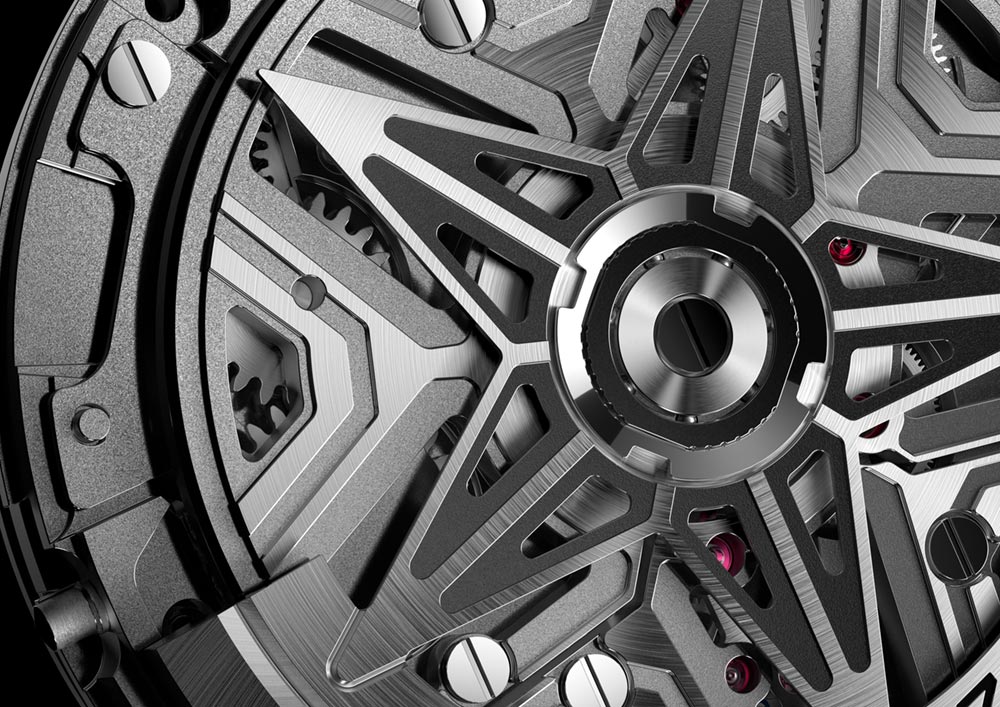
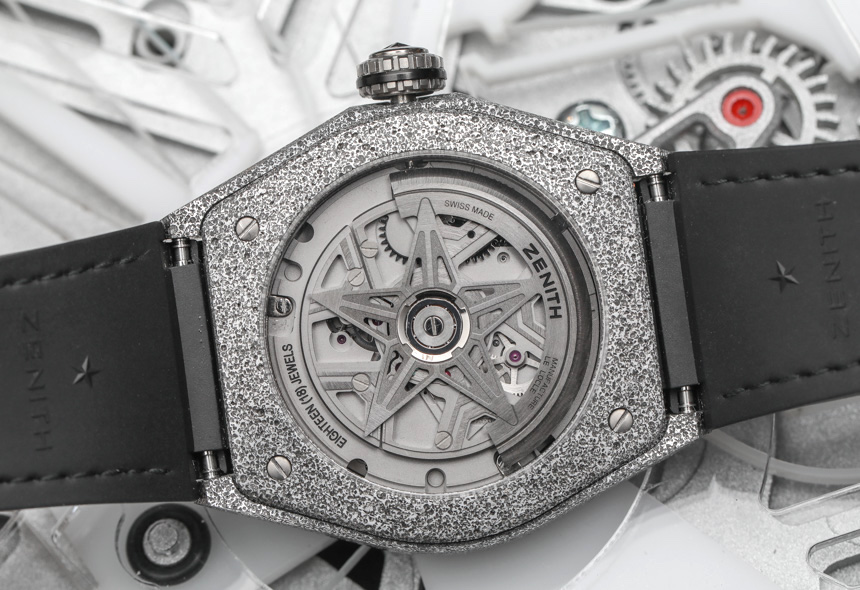
Going back to the Defy Lab we have a movement which is not a chronograph. If you want a speedy Zenith chronograph, then allow me to recommend the also recently released Zenith Defy El Primero 21. Both the Defy Lab and Defy El Primero 21 share a case design and are clearly in the same family. The Defy Lab is a 15Hz time-only watch, whereas the Defy El Primero 21 is a time and chronograph watch with a 5Hz oscillator for the time and a secondary 50Hz oscillator for the chronograph.
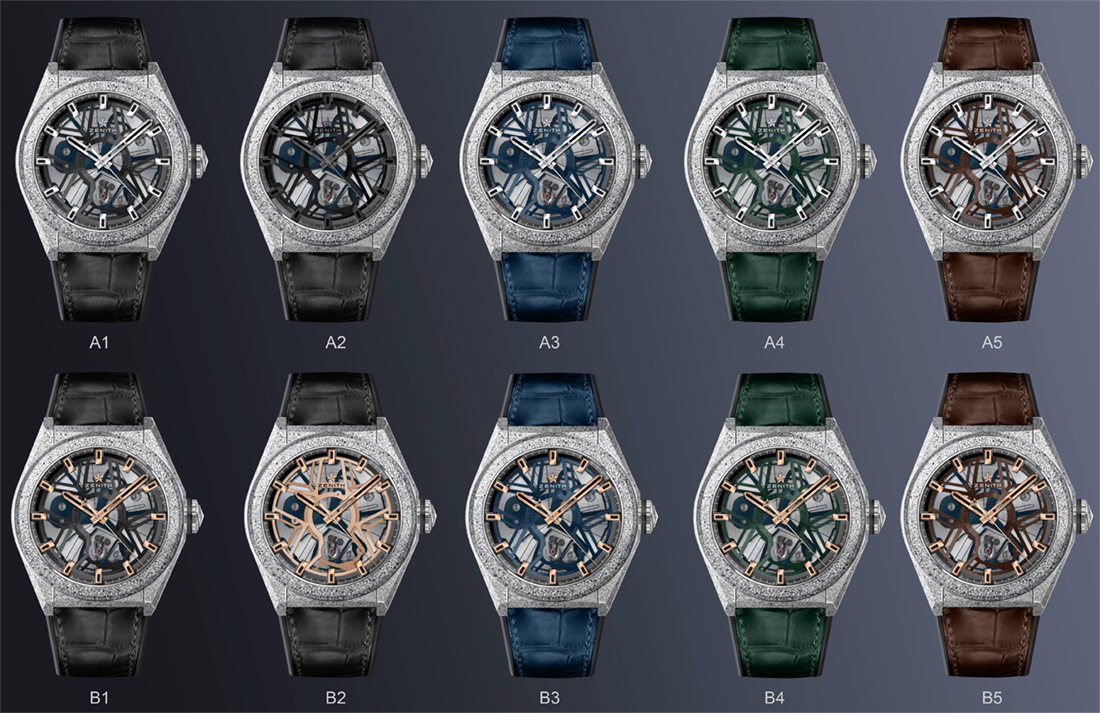
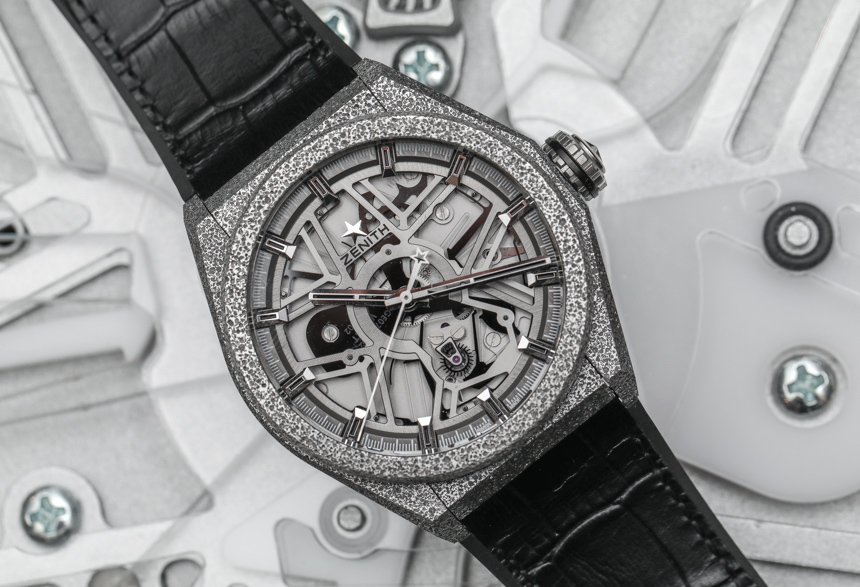
For all-around watch nerdiness, both are compelling timepieces but clearly different. Both also share a fondness for silicon – which Zenith is backing in a big way these days. Silicon is what makes movements like the ZO 342 even possible. Replacing metal with silicon is how these parts are able to move quickly and reliably. Unlike metal, silicon isn’t affected by temperature or magnetism, and because it has much lower friction, it doesn’t require lubrication. More so, the ability to cut very small, very precise parts allows for mechanisms not previously available when metal was more or less the only material option. These manufacturing options combined with computer modeling software have allowed for a new generation of mechanical watch movements such as the ZO 342 that combine traditional concepts of how a small machine tells the time, with a lot of modern know-how.
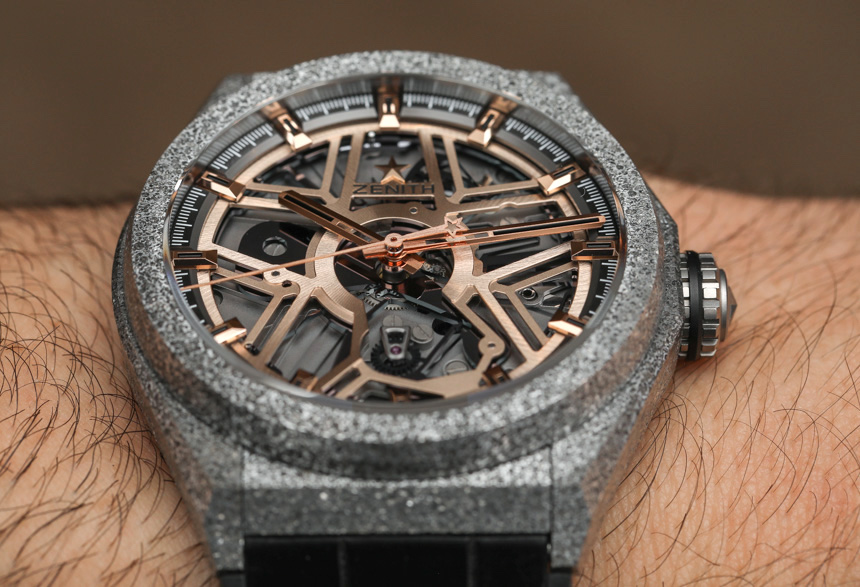

In the watch community – conservatism being king and all – adoption of new technologies and techniques (such as silicon in watch movements) has been controversial at best. It was around 2001 that Ulysse Nardin – located right down the road from Zenith in Le Locle – released the Freak. As the first production watch that used silicon parts in the movement, it took years before it gained widespread acknowledgement. We now live in a time when even Patek Philippe and Rolex produce some watches with important silicon parts. The irony of course is that when techniques to cut silicon wafers into watch parts was new, Patek Philippe, Rolex, and the Swatch Group combined their efforts to research and develop the technology for wristwatches. I think it is safe to say that if you want a “modern, traditional watch” (yes, that unintentionally seems like a contradiction), you go for something with silicon in it.
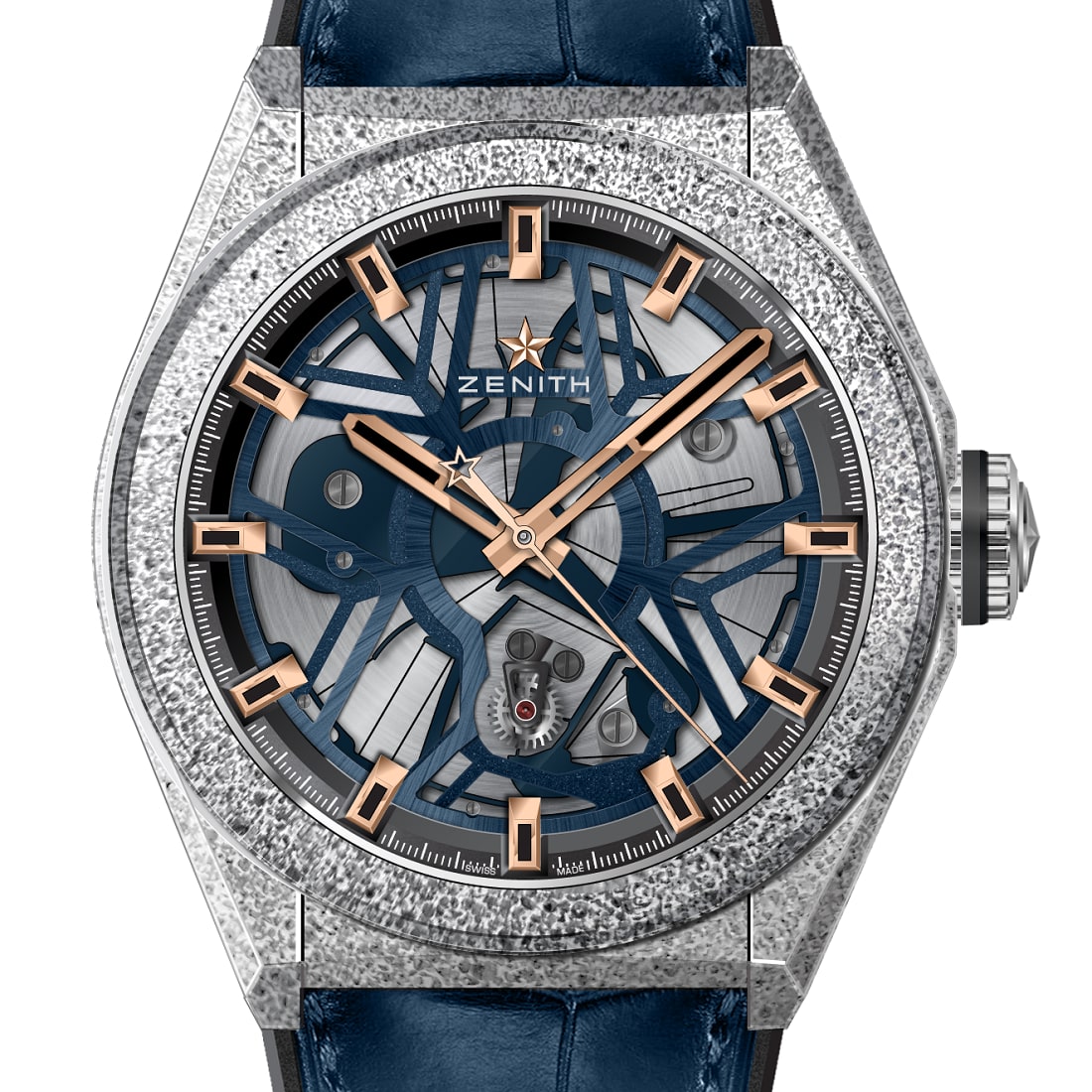
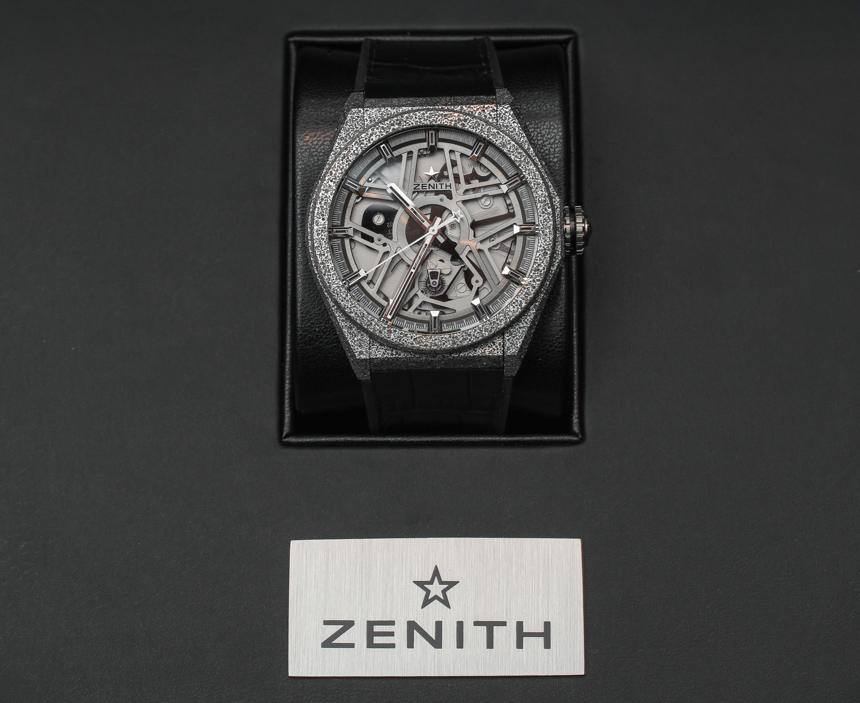
When is it a good idea to go “all metal” and invest in a truly classic timepiece? I would say when you are looking for hand-finished decoration and other aesthetic elements which define a particularly classic look. If you want something more contemporary, then you go with something like the Defy Lab, or many of the timepieces that Jean-Claude Biver has helped usher in at the various LVMH brands including Hublot, TAG Heuer, and Zenith.
